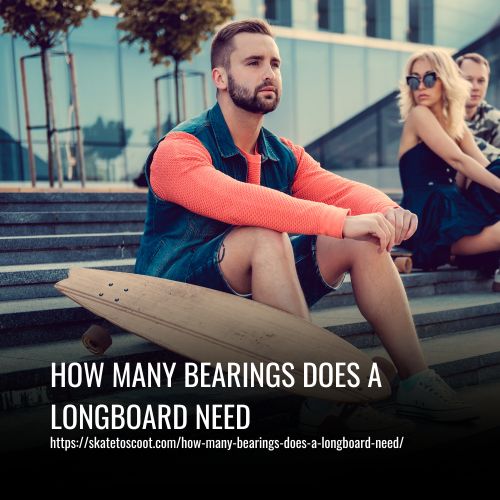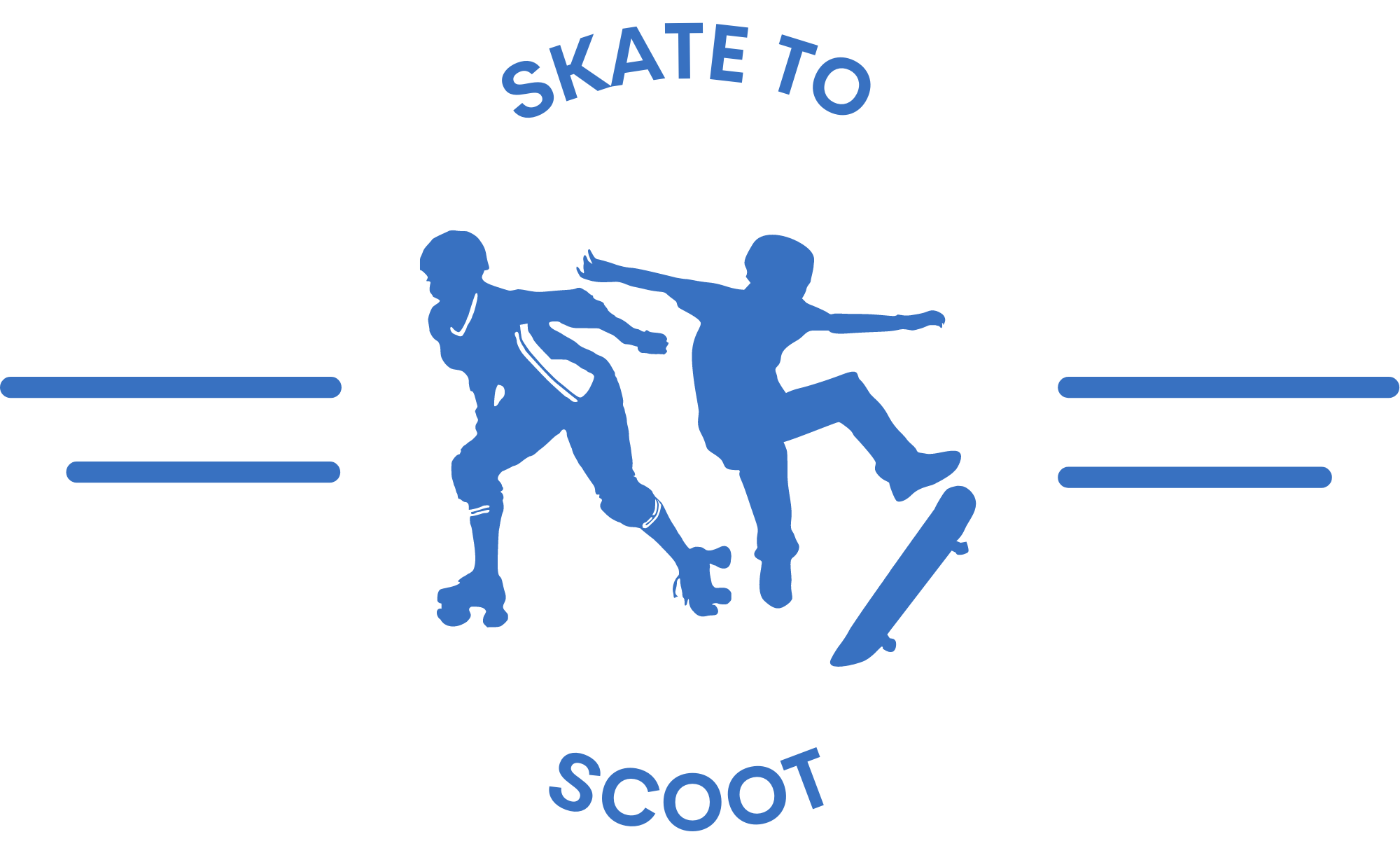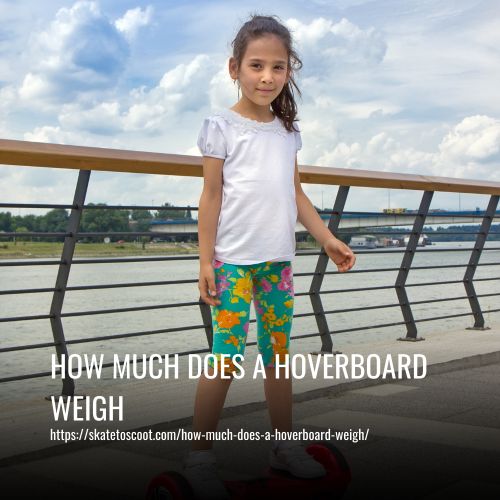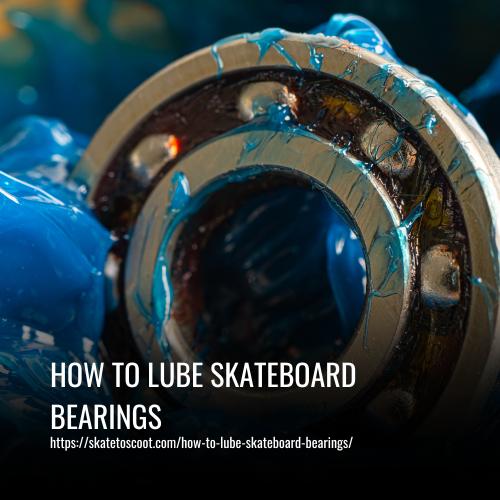As an Amazon Associate we earn from qualifying purchases.
When it comes to how many bearings your longboard needs, the number can vary depending on your intended use. Some longboards require as many as 12 bearings, while others may only need eight.
For beginners who are just riding around town or using their longboard for casual cruising, eight bearings should be sufficient. This ensures a smooth and enjoyable ride without the need for additional bearings.
However, if you’re a more experienced rider and engage in tricks, downhill racing, or other high-intensity activities, you may benefit from having more bearings. Additional bearings can help distribute the load and provide extra stability and smoothness to handle the demands of these activities.

The Importance Of Bearings
The bearings on your longboard are incredibly important for the overall performance and experience of your ride. They play a vital role in reducing friction and allowing your wheels to spin smoothly and efficiently.
If your bearings are low quality or damaged, it can greatly impact your ride. Cheap or worn-out bearings can make your ride bumpy, sluggish, and less enjoyable. The friction caused by these bearings can slow you down and make it harder to maintain speed and control.
On the other hand, high-quality bearings can make a world of difference. They provide a smooth and fast ride, allowing you to glide effortlessly down the street. Quality bearings help reduce friction, making it easier to reach and maintain higher speeds with less effort. This allows you to have a more enjoyable and efficient ride, whether you’re cruising, carving, or racing on your longboard.
Types of Bearings for Longboards: Steel and Ceramic
1. Steel Bearings:
- Steel bearings are the most commonly used and affordable option for longboards.
- They are known for their durability and ability to withstand wear and tear.
- These bearings are capable of handling the demands of everyday cruising and light tricks.
- However, they may be prone to rusting and can slow down over time.
- Regular maintenance and cleaning are essential for keeping steel bearings in good condition.
- Steel bearings are a reliable choice for beginners and casual riders.
2. Ceramic Bearings:
- Ceramic bearings offer superior performance compared to steel bearings.
- While they are more expensive, their benefits make them worth considering for serious longboarders.
- Ceramic bearings are lightweight, ceramic balls, are durable, and provide a smoother ride.
- They are less prone to rusting and can last longer, making them a cost-effective investment in the long run.
- The smoothness and responsiveness of ceramic bearings can enhance your riding experience.
- These bearings are particularly suitable for riders engaged in downhill racing, advanced tricks, or high-intensity activities.
- Their superior performance makes ceramic bearings a preferred choice for experienced longboarders.
ABEC rating:
When choosing bearings for your longboard, consider factors beyond just the material. The ABEC rating is one such consideration, although it does not solely determine the quality of bearings. It is important to assess other factors like material, design, and personal riding preferences to make an informed decision. Whether you opt for steel or ceramic bearings, regular maintenance is crucial to ensure optimal performance and longevity.
Accessories for Installing Bearings on a Longboard
When it comes to longboarding, having the right bearings is crucial for a smooth and enjoyable ride. Whether you’re a beginner or a seasoned rider, understanding the number of bearings needed for your longboard is essential. In this article, we’ll explore the various accessories required for installing bearings on a longboard and delve into common misconceptions surrounding bearing types and qualities.
- Axle nuts: Axle nuts are an important part of the longboard setup, securing the bearings and wheels onto the truck axles. These nuts are typically made of metal and come in various sizes to accommodate different longboard setups.
- Bearing spacers: Bearing spacers are small metal cylinders placed between the bearings to maintain proper spacing and alignment. They not only improve the overall stability of the longboard but also help reduce friction and prevent the bearings from binding.
- Speed rings and washers: Speed rings and washers are thin metal discs that serve as additional support and protection for the bearings. They are often placed between the bearing’s outer races and the longboard wheels, promoting smooth rolling and preventing dirt buildup.
- Bearing shields: Bearing shields, usually made of rubber or metal, serve as protective covers for the bearings. They prevent debris, dust, and moisture from entering the bearings, thus prolonging their lifespan and maintaining optimal performance.
- Bearing lubrication: To keep the longboard bearings running smoothly, regular maintenance and lubrication are necessary. Products like Bones Speed Cream can improve the speed and durability of the bearings and should be applied periodically to reduce friction and increase overall performance.
FAQs
A longboard typically requires eight bearings – two for each wheel. Each bearing is placed on either side of the wheel’s axle to ensure smooth rotation and optimal performance.
Ceramic bearings are known for their superior durability, low friction, and resistance to heat. These qualities contribute to a smoother ride, increased speed, and enhanced longevity, making them a popular choice for experienced riders.
While high-quality bearings may come at a higher price, they often offer better performance and durability. However, for beginner skaters or those on a tighter budget, there are affordable options available that still provide decent functionality.
Regular maintenance is crucial to keep your bearings in optimal condition. Depending on your usage, it is recommended to clean and lubricate them every two to three months to prevent dirt buildup and ensure smooth operation.
Longboards typically have larger wheels compared to regular skateboards, requiring bearings with a larger outer diameter. It is essential to use longboard-specific bearings that match the size and performance needs of your longboard.
Conclusion:
The number of bearings a longboard needs is not just a matter of preference, but also a crucial factor in determining your riding experience. Whether you opt for a board with 2, 4, or even 8 bearings, make sure to consider your riding style, skill level, and desired speed.
So, the next time you hit the pavement, remember that the right number of bearings can take your longboarding to a whole new level of smoothness and control. Happy riding!
Amazon and the Amazon logo are trademarks of Amazon.com, Inc, or its affiliates.



